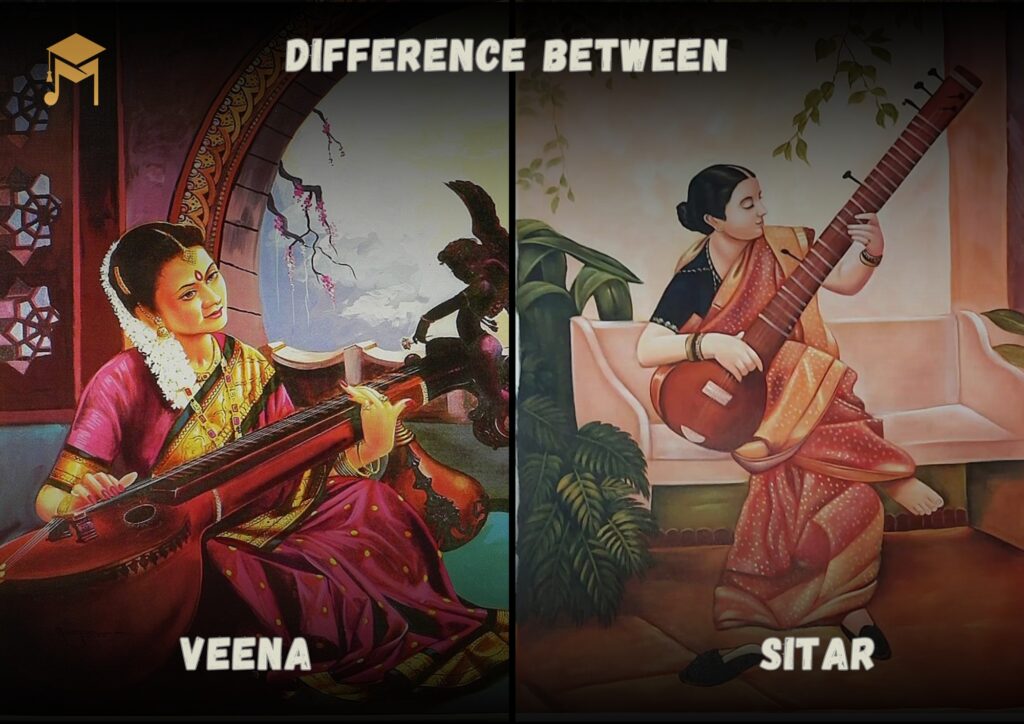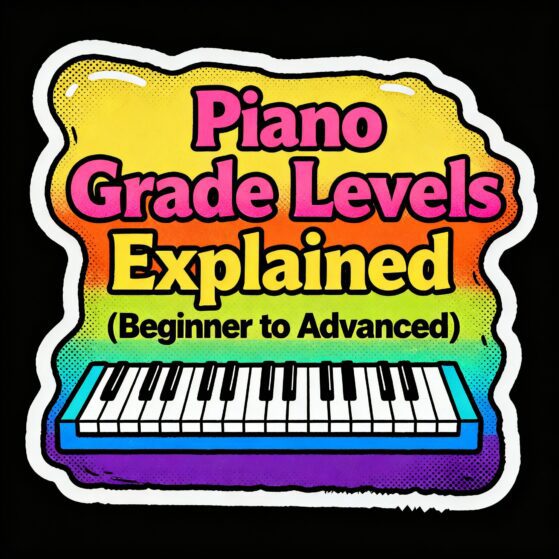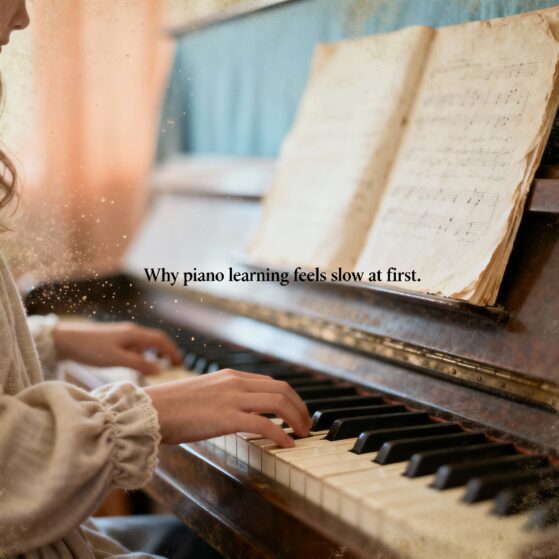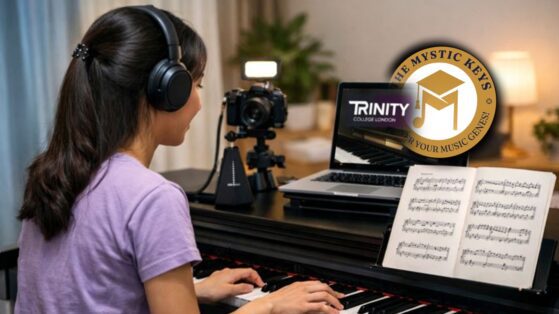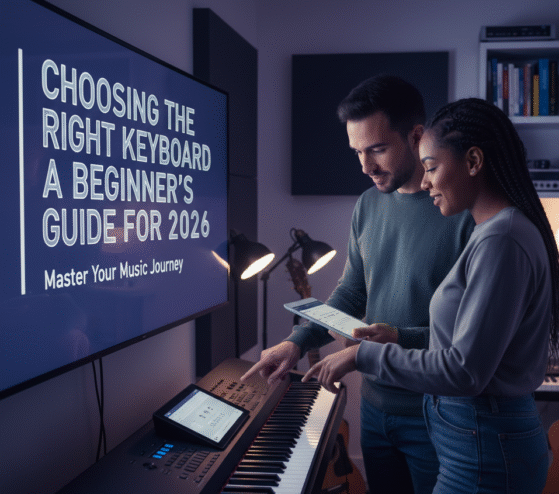Comparing Hindustani & Carnatic Music | Key Differences
Music transcends boundaries and unites people, but the nuances and distinctions within various musical traditions make each one unique and fascinating. Indian classical music, one of the world’s oldest and richest traditions, divides into two major styles: Hindustani and Carnatic music. Although these traditions share a common foundation, they have evolved differently over centuries, shaped by historical, cultural, and regional factors. This blog explores the key differences between Hindustani and Carnatic music, showcasing their unique characteristics and the beauty they each contribute to the world of music.
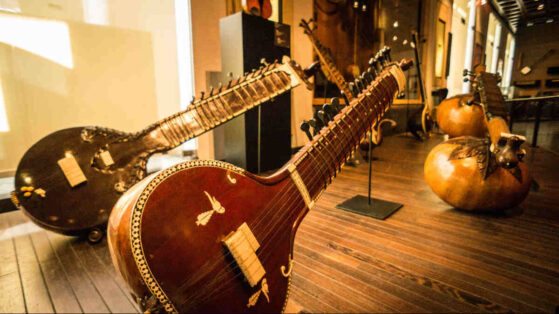
Historical Context and Origins
Hindustani Music: Hindustani music, practiced primarily in northern India, traces its roots to ancient Vedic chants and has been significantly influenced by Persian, Afghan, and Mughal cultures. It began evolving in the 12th century when northern and southern styles of Indian classical music started to diverge. This tradition emphasizes improvisation and the exploration of the raga, resulting in highly dynamic and spontaneous performances.
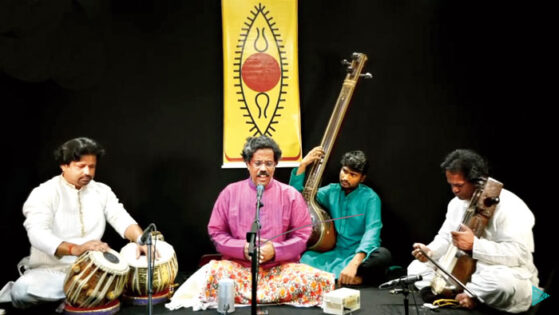
Carnatic Music: Carnatic music, dominant in the southern states of India, originates from the same Vedic traditions but has remained more insular, preserving its purity over the centuries. The compositions by the trinity of Carnatic music—Tyagaraja, Muthuswami Dikshitar, and Syama Sastri—form the core of its repertoire. Carnatic music emphasizes composition and adopts a more structured and theoretical approach to performance.
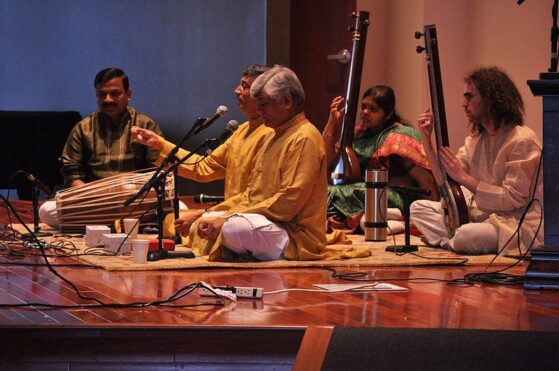
Structure and Performance
Raga and Tala: Both Hindustani and Carnatic music revolve around the concepts of raga (melodic framework) and tala (rhythmic cycles). However, their approach to these elements varies.
Hindustani Music:
- Raga: In Hindustani music, a raga is treated with a great deal of flexibility. Performers often improvise extensively within the framework of a raga, exploring its different facets and moods. The performance typically starts with a slow, meditative alaap, followed by the jor, jhala, and the faster, more rhythmic gat or bandish.
- Tala: The rhythmic aspect, or tala, in Hindustani music is also more fluid. Common talas include Teental, Ektaal, and Jhaptal, each with distinct patterns and beats. The interplay between the tabla (percussion) and the melodic instruments or vocalists often leads to intricate rhythmic improvisations.
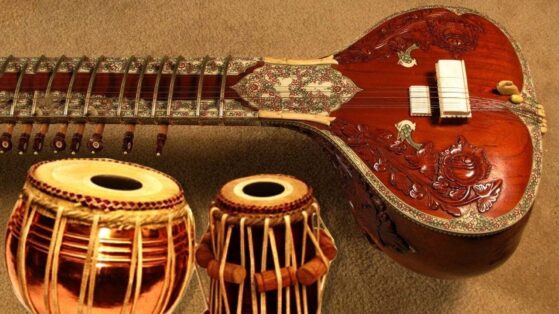
Carnatic Music:
- Raga: In Carnatic music, the raga is more rigidly defined. Compositions, known as kritis, are central to performances and are meticulously structured. A typical Carnatic concert includes several kritis interspersed with improvisational segments like alapana, neraval, and swara kalpana, which explore the raga’s contours while adhering to the composition’s framework.
- Tala: The tala system in Carnatic music is intricate and mathematical. Common talas include Adi, Rupaka, and Khanda Chapu, among others. Carnatic musicians often engage in complex rhythmic patterns and calculations, known as “korvais” and “teermanams,” adding a layer of sophistication to the performance.
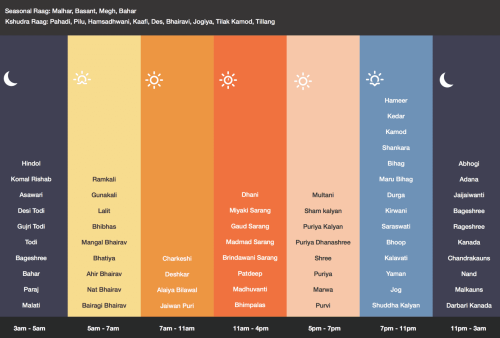
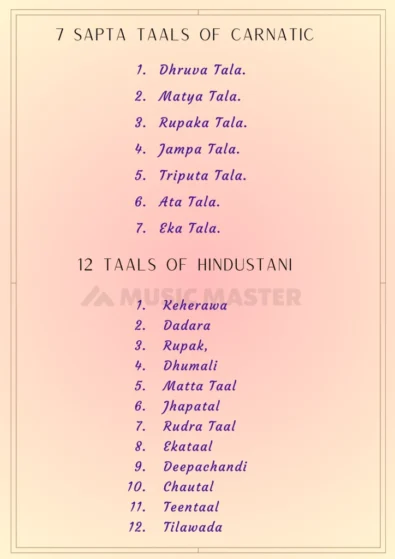
Instrumentation and Vocal Style
Hindustani Music: Hindustani music features instruments such as the sitar, sarod, tabla, harmonium, and bansuri (bamboo flute). The vocal style, or gayaki, focuses on smooth, flowing renditions of ragas, incorporating intricate ornamentations like meend (gliding between notes), gamak (oscillation), and taan (rapid note sequences).
Carnatic Music: Carnatic music uses instruments like the veena, mridangam, violin, and flute. Its vocal style showcases precise, rapid-fire swaras (notes) and intricate gamakas (oscillations). The compositions often include sahitya (lyrics) that express deep devotion, emphasizing the spiritual essence of the music.
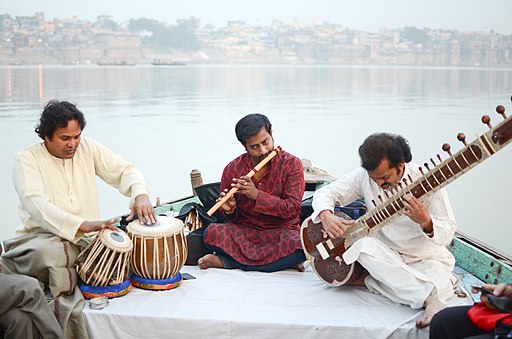
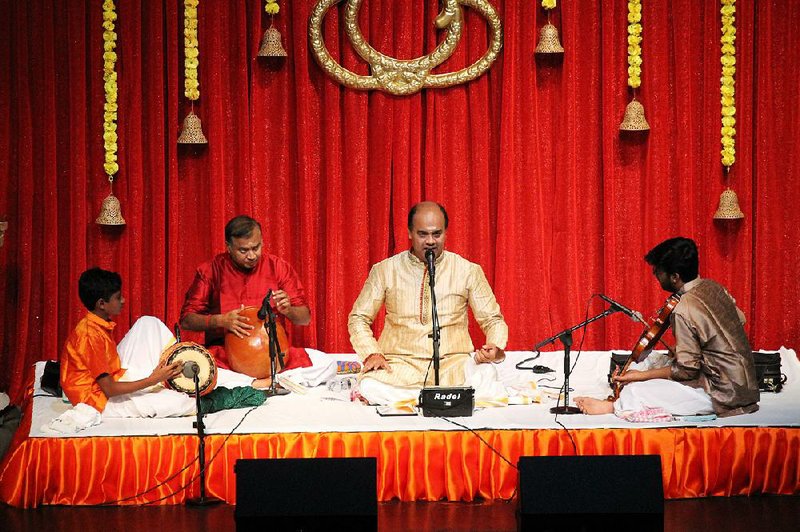
Presentation and Performance Style
Hindustani Music: Hindustani music concerts are usually solo performances, with the artist taking center stage. The emphasis is on the individual expression of the raga, with the accompaniment providing support. The performance is a journey through the raga, with the artist exploring its depths and nuances in real-time, making each concert a unique experience.
Carnatic Music: Carnatic music concerts are more ensemble-based, with the vocalist or lead instrumentalist accompanied by a violinist, mridangam player, and sometimes additional percussionists or melodic instruments. The structure of a Carnatic concert is more predefined, with a mix of compositions and improvisational segments, leading to a well-rounded musical experience that showcases both the composer’s genius and the performer’s skill.
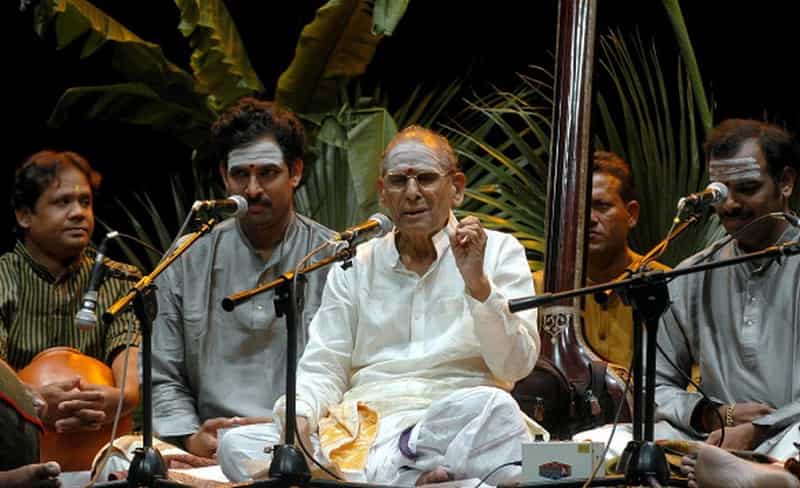
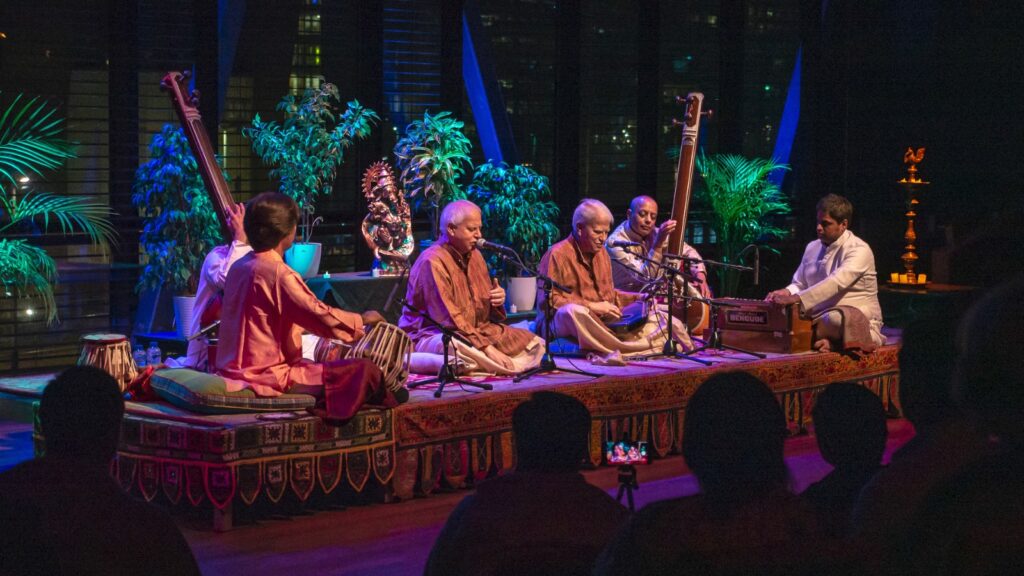
Conclusion
Hindustani and Carnatic music, though rooted in a shared heritage, each present unique experiences—Hindustani with its focus on improvisation and Carnatic with its structured compositions. At The Mystic Keys, dive into both traditions through our Hindustani music and Carnatic music classes and enhance your musical journey.
For more information and exciting resources about learning music, visit our website at The Mystic Keys. For more music content and exciting offers follow us on


